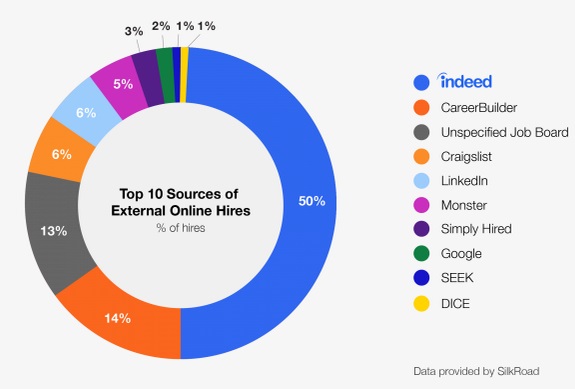Today on T3 I take a look at the talent acquisition tool Recruiter Sidekick. Recruiter Sidekick helps take care of one of the biggest issue we all face in Talent Acquisition, regardless whether or not you are agency or corporate. We do a terrible job a mining our own internal databases!
Your internal database in the most underutilized resource that you have. I could go into most corporate talent acquisition shops and fill 35-40% of their jobs from their own database, without ever having to use another tool to find and source candidates! How do I know this? I’ve done it.
This is the primary idea behind how Recruiter Sidekick was developed. It runs like an extension to your ATS and acts like a referral engine from your own resume database. It basically looks at every new requisition being put into your ATS and instantly begins searching, based on their own proprietary algorithm, and sends your recruiters a “top 10” list of candidates that most closely match your requisition, that are already in your database.
Think about this concept for a minute. Two years ago you were hiring for a specialized position in your company. You presented a number of candidates to your hiring manager. She interviewed three, and eventually chose the one. Two more years pass, and you’re growing, or you had someone on your team retire, and now you need to go hire another person in the same role.
Most organizations – like 99% – just do the same thing they’ve always done. They’ll take the new position, input it into their ATS, it will get posted to your career site, maybe a few others, and you’ll begin the process of looking at those candidates who are ‘now’ available. But, what about those other two candidates two years ago who wanted to come work for you, but someone just beat them out. Now they have two more years of experience. Maybe one of them is the ‘one’!
In a nutshell, this is what Recruiter Sidekick helps you with. Recruiter Sidekick doesn’t let you forget you have unmined gold in your own database. All of this for $10 per month, per recruiter. It’s a niche piece of software to be sure, but one that almost all of us can use. Heck! I’m paying an intern right now to just do this, mine our own internal database for talent!
Check them out. For the price you really can’t go wrong!
T3 – Talent Tech Tuesday – is a weekly series here at The Project to educate and inform everyone who stops by on a daily/weekly basis on some great recruiting and sourcing technologies that are on the market. None of the companies who I highlight are paying me for this promotion. There are so many really cool things going on in the space and I wanted to educate myself and share what I find. If you want to be on T3 – send me a note.

